Scientists Suggest Earth’s Strange ‘Quasi-Moon’ Kamo’oalewa Is A Piece Of A Lunar Crater
24th Apr 2024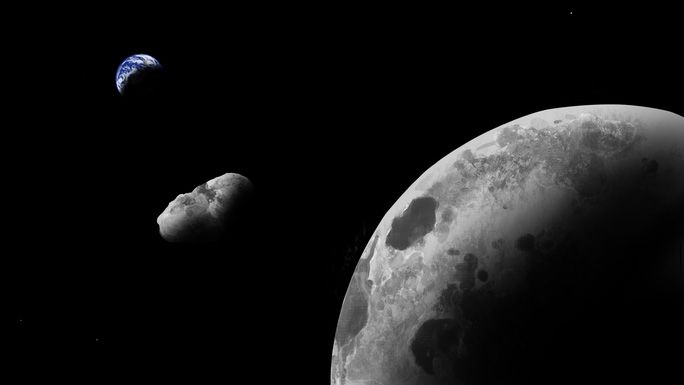
New research published in the journal Nature Astronomy proposes that a ‘quasi-moon’ orbiting Earth called Kamo’oalewa formed from one of the Moon’s craters. Moreover, this happened relatively recently in terms of the solar system’s history.
Until now, the origin of Kamo’oalewa, discovered in 2016, has been an unsolved mystery. To reconstruct its origin, scientists analysed all available data on this object and the lunar surface, beginning with the impact that formed the Giordano Bruno crater.
What Is Earth’s ‘Quasi-Moon’ Kamo’oalewa?
Earth’s ‘Quasi-Moon’ Kamo’oalewa, officially known as ‘469219 Kamoʻoalewa’, is a 131- to 328-foot-wide (40- to 100-metre) near-Earth object (NEO) that was released by an asteroid impact between 1 million and 10 million years ago. According to the research, this collision formed the moon’s 13.7-mile-wide (22 kilometre) Giordano Bruno crater.
Kamoʻoalewa’ was first seen in 2016 by the Pan-STARRS 1 asteroid survey telescope situated in Haleakalā, Hawaii. Its discovery was part of NASA’s planetary defence initiative that aims to identify celestial objects with potential Earth impact risks. In Hawaiian, its name means ‘an oscillating celestial object’.
Unusual Properties Of Earth’s ‘Quasi-Moon’ Kamo’oalewa
The object got such a name for a reason. Scientists later discovered that Kamo’oalewa orbits the sun in tandem with Earth unusually quickly for an asteroid. This intriguing characteristic prompted scientists to further research the origins of this quasi-moon.
How Scientists Unveiled The Formation Of Kamo’oalewa
In 2021, they unveiled that Earth’s ‘Quasi-Moon’ Kamo’oalewa is of a similar composition to lunar rocks. So, the next question was: If it is a piece of the Moon, from which specific lunar location did it come?
Patrick Michel, team member and senior researcher at Centre National de la Recherche Scientifique (CNRS), France’s state research agency told Space.com: ‘Our major findings are that Kamo’oaelewa originated from the moon, and not from the asteroid belt, contrary to the majority of asteroids belonging to the NEO population.
A Part Of Giordano Bruno Lunar Crater?
For further research, the team utilised a computer program to copy the type of crash that might have made a space rock like this quasi-moon. As a result, they concluded that the Earth’s ‘quasi-moon’ Kamo’oalewa is connected to the Giordano Bruno crater on the Moon.
Michel mentioned that typically, scientists can only figure out a broad area in the asteroid belt where a NEO might have originated, based on its orbit. This area is usually large, like the inner or outer asteroid belt. But in this case, the team pinpointed a very specific body and location where the quasi-moon likely came from.
Michel also clarified that Kamo’oalewa doesn’t have a steady orbit, which made the team associate it with a relatively young crater, possibly aged between one and 10 million years.
‘Then we also needed the crater to be not too large, so that an intact fragment of the size of Kamo’oaelewa can be produced. The best candidate was then Giordano Bruno, which matches both constraints,’ he added.
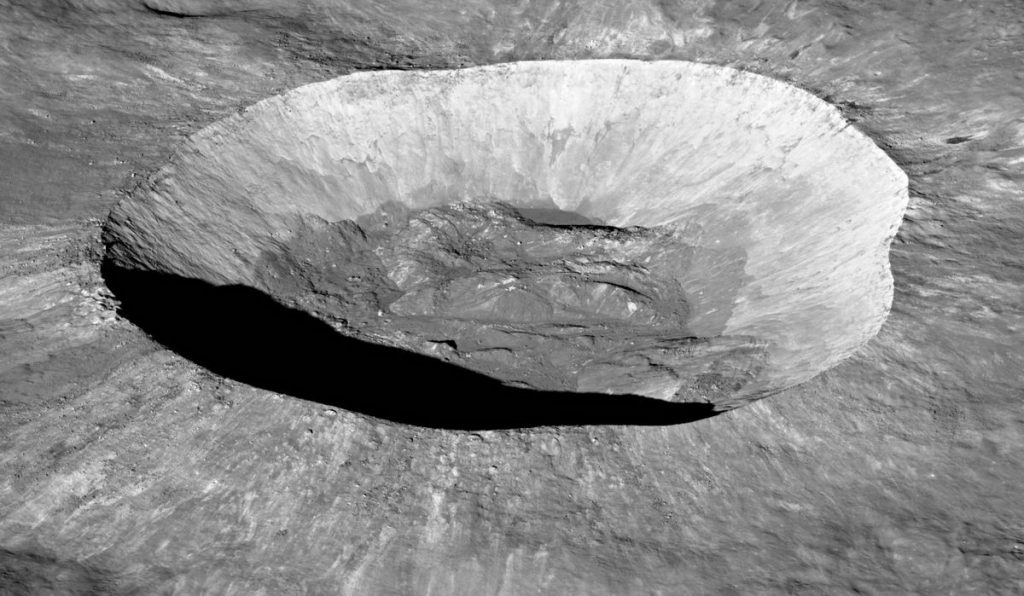
How Big Was The Asteroid That Created Kamo’oalewa?
The team’s computer simulation also helped them determine the size of the space object that created the nearly 14-mile-wide lunar crater and Kamo’oalewa. They calculated that the asteroid was probably about 1 mile (1.6 kilometres) wide.
For comparison: if an asteroid that size hit Earth, it would unleash almost the same amount of energy as setting off a one-million-megaton bomb!
Conclusions About Planetary Defence From Asteroids
This discovery that the Giordano Bruno crater and the Earth’s ‘quasi-moon’ Kamo’oalewa are probably connected affects what we know about the NEOs near Earth. It suggests that more of these objects than previously thought might have been formed by collisions with the moon or other celestial bodies in the solar system.
Additionally, the findings serve as a strong reminder that even in the current, relatively quiet era of the solar system’s 4.6 billion-year timeline, collisions with large space rocks still occur.
This underscores that planetary defence initiatives like NASA’s recent Double Asteroid Redirection Test (DART) are very important. DART investigated ways to redirect an asteroid heading towards Earth to prevent a potential impact.
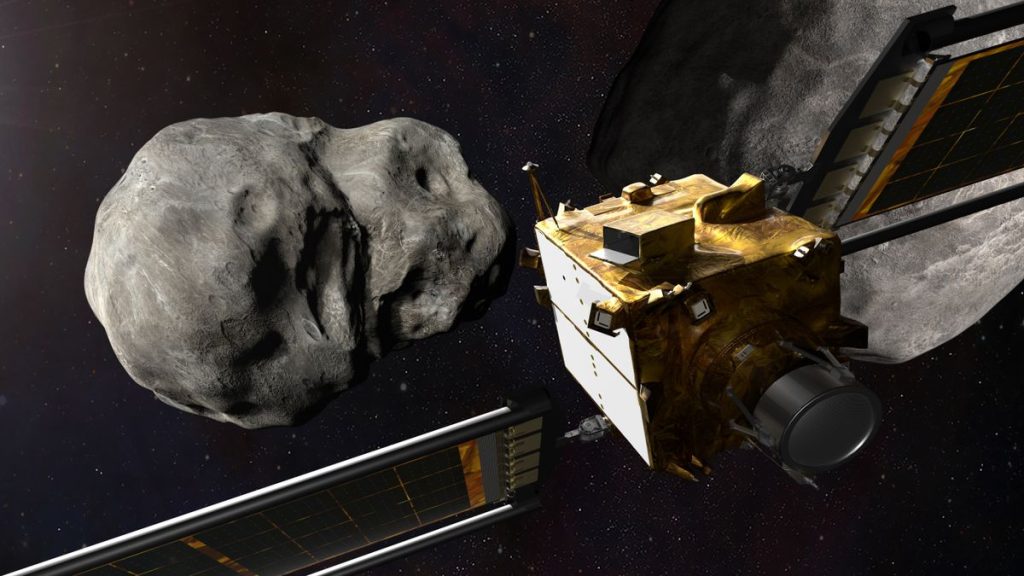
Further Investigation Of Earth’s ‘Quasi-Moon’ Kamo’oalewa
Michel acknowledges that the team’s findings about Earth’s ‘quasi-moon’ Kamo’oalewa require additional investigation of the asteroid.
‘The next most exciting study of Kamo’oalewa will be offered by the Chinese Tiawen-2 mission that should launch in 2025 to sample the surface of the asteroid and return the samples to Earth for laboratory analysis. This is a very challenging mission, as nobody has ever visited such a small object that rotates over itself in only 28 minutes before,’ he summed up.

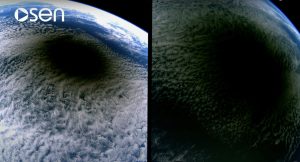
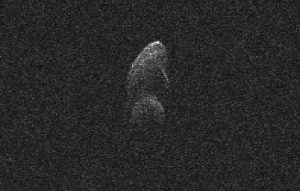



Thank you for your comment! It will be visible on the site after moderation.